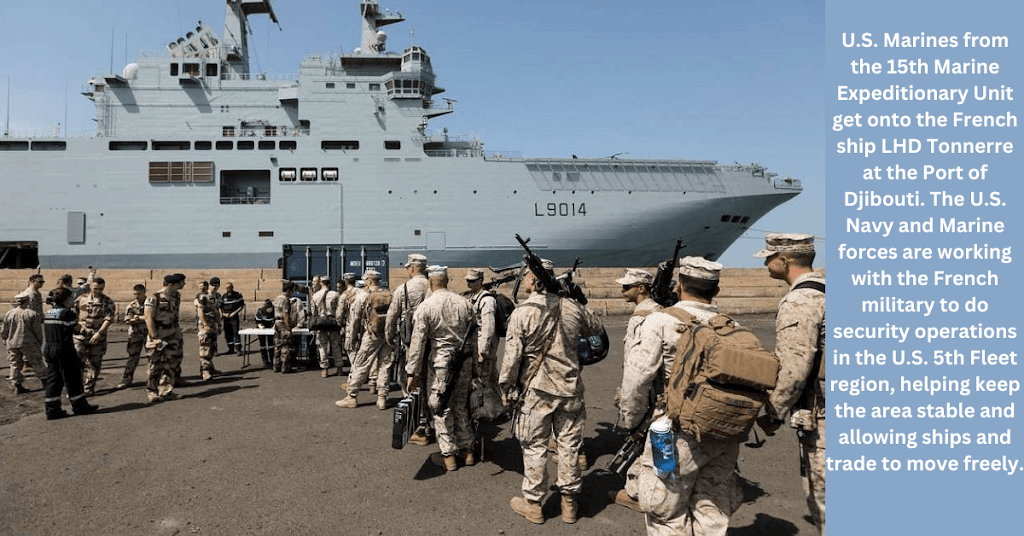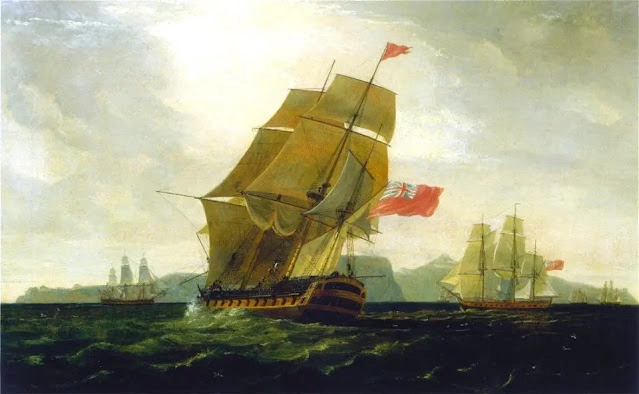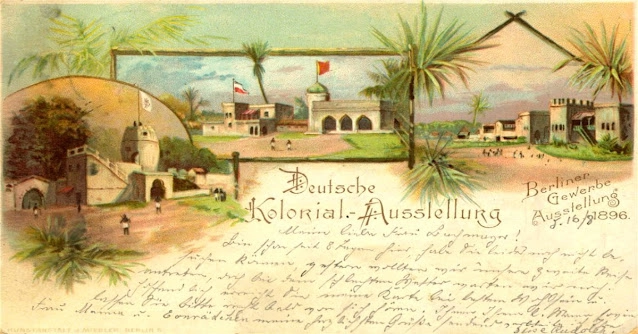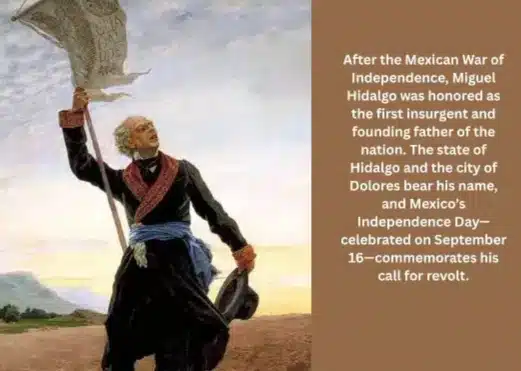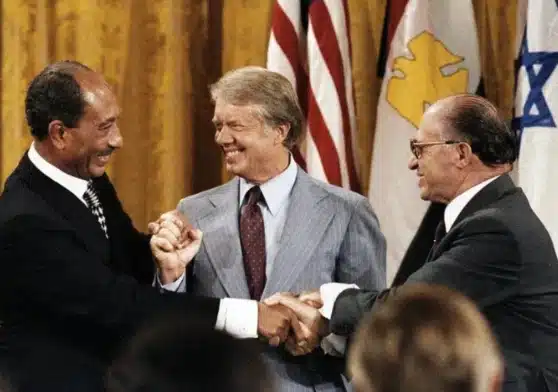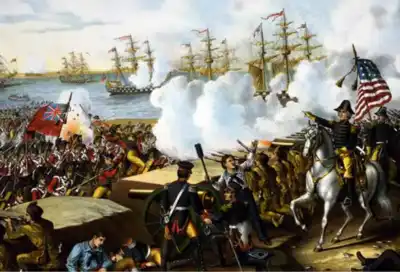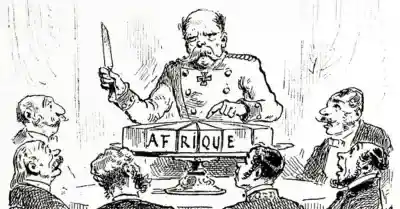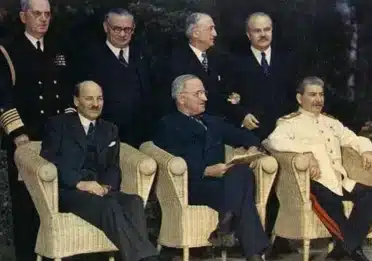Unsung Heroes of the Suez Canal: Celebrating Human Effort
The idea of the Suez Canal first came from the Egyptian Pharaoh Senausert III, but the actual history began with the First Concession. In this case, the “First Concession” was an agreement that allowed a French diplomat and engineer named Ferdinand de Lesseps to obtain the necessary permission and rights to build the Suez Canal. It’s worth noting that the agreement was authorized by the Egyptian government and received support from the French Empress Eugenie, as well as financial backing from private investors.
This concession included provisions related to financing, construction, and operation of the canal, and it laid the foundation for the canal’s actual construction, which began digging work started on April 25th, 1859, in the city of Al-Farama, now known as Port Said. Around 20,000 Egyptians took part in the difficult task. The First Concession marked the official start of the canal project.
The canal officially opened on November 17, 1869, and it has seen many important moments in history. One of the most significant events was when it was taken over by the Egyptian government, which brought order. There was also a time when it was closed after the 1967 war, but it reopened in June 1975. In this article, we will shed light on the historical spirit of the Human Labor rather than modern engineering in the construction of the Suez Canal.
💻 Table of Contents:
- The Suez Company: A Key Player in Canal History
- The Suez Canal: A Marvel of Human Ingenuity
- From Idea to Reality: The Suez Canal’s Construction Odyssey
- The Beautiful Workers behind the Suez Canal
- Unity and Resilience: The Suez Canal’s Human Legacy
- The Suez Canal’s Human Legacy: A Story of Resilience and Vision
 |
| US Navy |
The Suez Company: A Key Player in Canal History
The Suez Company, also known as the Suez Canal Company, was established by Ferdinand de Lesseps in 1858 to oversee the operation of the Suez Canal. They constructed the canal from 1859 to 1869. Initially, half of the company’s ownership was in the hands of French investors, while Egypt’s ruler Sa’id Pasha owned most of the remaining shares. In 1875, due to financial troubles, Sa’id’s successor, Isma’il Pasha, had to sell Egypt’s shares to the United Kingdom. The Suez Company managed the canal until Egypt’s new president, Gamal Abdel Nasser, revoked its concession in 1956, transferring control to the government-owned Suez Canal Authority, which triggered the Suez Crisis.
The Suez Canal: A Marvel of Human Ingenuity
The Suez Canal stands as a testament to human ingenuity and engineering mastery. Completed in 1869, this artificial waterway has been a vital artery for global trade and maritime transportation. It revolutionized shipping by reducing travel distances and facilitating the exchange of goods between continents. With a rich history, impressive engineering feats, and
enduring impact, the Suez Canal remains an awe-inspiring marvel of human achievement. The idea of a canal linking the Mediterranean and Red Seas dates back to ancient times, with various attempts made throughout history, but it wasn’t until the 19th century that significant progress was achieved. In 1854, under the leadership of French diplomat and engineer Ferdinand de Lesseps, a concession was granted by the Egyptian government to construct the canal. With the support of the French Empress Eugenie and funding from private investors,
the construction of the Suez Canal began in 1859.
 |
| Suez Company |
It is mentionable that the concession was granted by the Egyptian government to construct the in 1854 and construction started in 1859 with the support of the French Empress Eugenie and funding from private investors.
You May Also Read:
- Middle Corridor: The New Silk Road Bridging East and West
- The New Silk Road: Exploring China’s Belt and Road Initiative
From Idea to Reality: The Suez Canal’s Construction Odyssey
The construction of the Suez Canal handled numerous experiments. One of the most significant
obstacles was the difference in sea levels between the Mediterranean and the Red Sea. At first, they thought about using a system of gates to help ships move up and down the different sea levels. But later, Lesseps and his team chose to make a canal that was flat, like the sea, and this meant they had to dig a lot through the dry desert land.
Thousands of laborers, including Egyptian fellahin (peasants) and foreign workers, toiled under grueling conditions to dig the canal by hand. The work involved removing millions of cubic meters of sand, clay, and rock, often using basic tools and manual labor. The sheer scale of the project demanded immense human effort, with workers enduring extreme heat, long hours, and challenging working conditions.
 |
| Civil Engineering Works on Suez Canal |
The Beautiful Workers behind the Suez Canal:
When we explore the intriguing history of building the Suez Canal, we come to truly respect the
determination and strength of those who worked on this massive project. They were deeply committed, even in very tough conditions, and their hard work made this incredible engineering feat possible. Both local and foreign laborers played a crucial role in transforming the desert into a passage that changed the way the world trades goods.
As we look closely at the stories of these workers, we can see just how dedicated they were to their job. They faced scorching desert heat every day as they used simple tools. Their sweat mixed with the sand they moved tirelessly. They kept going, day after day, even when they were tired and the environment was difficult. Their incredible determination and persistence were the driving forces that turned Lesseps’ dream into a reality.
Unity and Resilience: The Suez Canal’s Human Legacy
The contribution of the workers in building the Suez Canal went beyond hard physical work. The project brought together people from different backgrounds and cultures, creating a spirit of cooperation and togetherness. Egyptian fellahin worked alongside foreign laborers, sharing their skills, knowledge, and experiences. This collaboration of talents and cultures was the key to completing the canal successfully, showing how working together can achieve amazing things.
 |
| Suez Canal Map |
The effort that people put into building the Suez Canal shows how strong the human spirit can
be. It shows that people can overcome incredibly tough challenges to achieve something important. The workers’ strong dedication and their ability to adapt and come up with new ideas in difficult situations were crucial in turning a big dream into something real.
The Suez Canal’s Human Legacy: A Story of Resilience and Vision
While we admire the incredible engineering of the Suez Canal today, it’s crucial not to forget the people behind its creation. The canal reminds us of the hard work, sweat, and cleverness of those who dug deep into the ground, using their hands to make history. It’s a symbol of humans overcoming geographical challenges and the strength of working together to change the world.
The Suez Canal wasn’t just about being good at engineering; it was a symbol of the strong will and never-give-up spirit of the workers who made Lesseps’ dream come true. Their sacrifices and hard work have left a lasting mark on history, ensuring that their names will always be remembered as part of human accomplishment.
The Suez Canal drastically reduced the distance between Asia and Europe by approximately 7,000 kilometers (4,300 miles), offering a vital shortcut for global maritime trade. This strategic waterway also shortened the journey between Asia and Africa by approximately 3,500 kilometers (2,200 miles), fostering closer economic ties and facilitating international commerce.
 |
| Ferdinand De Lesseps |
Conclusion:
In the annals of history, the operations of the Suez Canal stand as a remarkable tribute to the
extraordinary physical efforts of laborers and engineers, often seen as the unsung heroes of this massive construction and engineering feat. The unwavering commitment of the Laborers who dug through the harsh desert and the operators who kept the canal running has made an everlasting impact. The Suez Canal’s history isn’t just about engineering; it’s a tribute to human determination, resilience, unity, and persistence.

